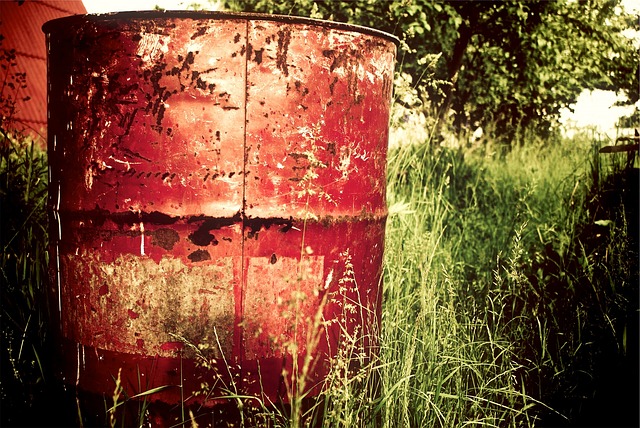
By Tim Atkinson — Senior Chemist & Glenn House — Director of Product Safety and Regulatory Compliance
The technical staff of Gougeon Brothers, Inc. has recently received inquiries about the proper disposal of leftover resin and hardeners. The increase in customer concern results from more stringent environmental regulations and heightened awareness of the need to protect the environment. We are happy to receive these inquiries because it lets us know that epoxy users are taking responsibility for the proper disposal of these products. We hope this article gives you a better understanding of basic proper disposal procedures.
How you legally dispose of leftover resin and hardener depends on which environmental laws and regulations govern you. The Resource Conservation & Recovery Act (RCRA) is the federal law governing hazardous waste disposal. Individual states and some local governments have enacted their own, more stringent, hazardous waste disposal laws.
Leftover resin and hardener products fall under the definition of “hazardous waste” as soon as the intention is to throw them away. Therefore, it is important that you become familiar with local, state, and federal guidelines for hazardous waste disposal.
The following guidelines will help you make the right decision when it comes time to dispose of unused epoxy resin and hardener.
1. The restrictions under which you are regulated will likely depend on the quantity of hazardous waste you generate. Businesses and individuals who generate less than 100 kilograms (220 pounds) per month are classified by RCRA as Conditionally Exempt Small Quantity Generators. As such, they are not subject to the more stringent restrictions that apply to Large Quantity Generators.
2. Left-over portions of resin and hardener do not have to be declared “waste” if there is potential for further use of the products. Simply use the product on another project. WEST SYSTEM Epoxy products have a long shelf-life when stored in sealed containers.
3. Cured epoxy (resin and hardener mixed at the proper ratio and completely solidified) is NOT considered a “hazardous waste” and may be disposed of as non-hazardous solid waste material.
4. Empty product containers can be disposed of as non-hazardous solid waste if you follow these simple “empty” rules, which come from the Environmental Protection Agency’s regulations for identifying hazardous waste (40 CFR 261.7) (1) Every effort has been made to empty the container, and (2) no more than three percent by weight of the total capacity of the container remains in the container.
5. Practice waste reduction to keep hazardous waste to a minimum. Work with small batches of epoxy. When emptying a container for disposal, collect the residue for use on a future project.
From an environmental standpoint, the moral message in this article is that we all must respect the environment and work to eliminate all potential insults to its integrity. Don’t release untreated hazardous wastes to land, air, or water. Many communities organize periodic hazardous waste collections where consumers can take household hazardous waste for safe disposal, usually free of charge.
The guidelines mentioned above may not be sufficient to maintain compliance with the laws and regulations that pertain to hazardous waste disposal in your area. When there is uncertainty, refer to local, state, and federal regulations.
This article has addressed only the disposal of epoxy resin and hardeners. Many other hazardous wastes are generated when working on a boat building or repair project, including bottom paint which has been removed, gel coat, paints, and solvents. These materials can be harmful to the environment and should be disposed of properly as well.





